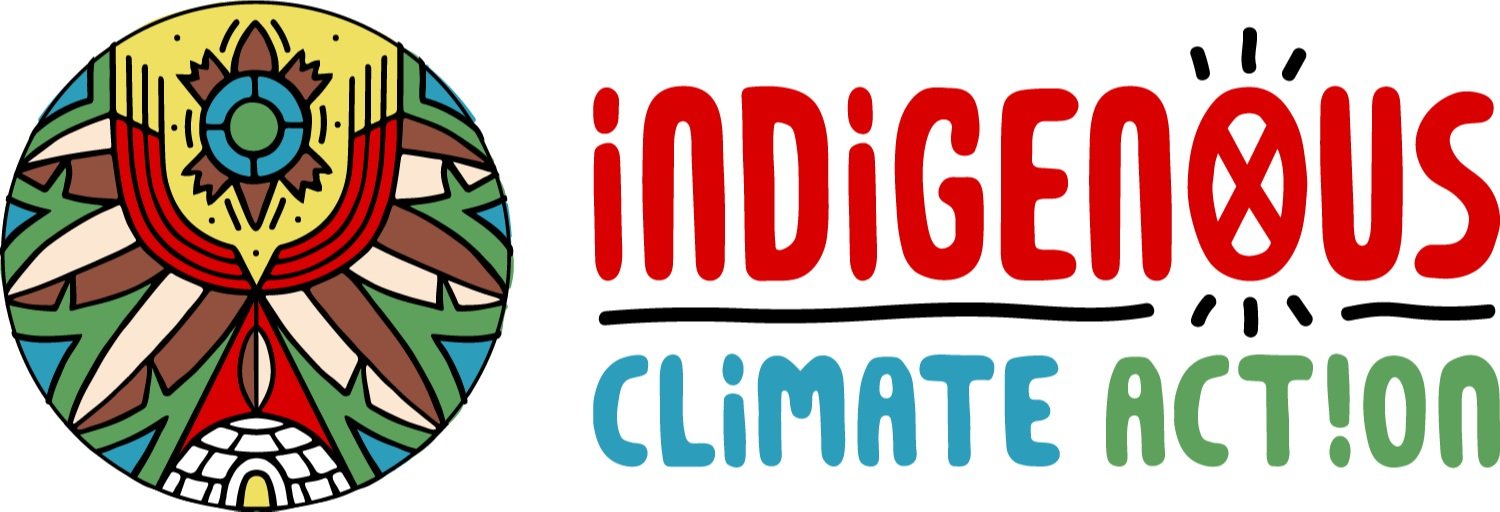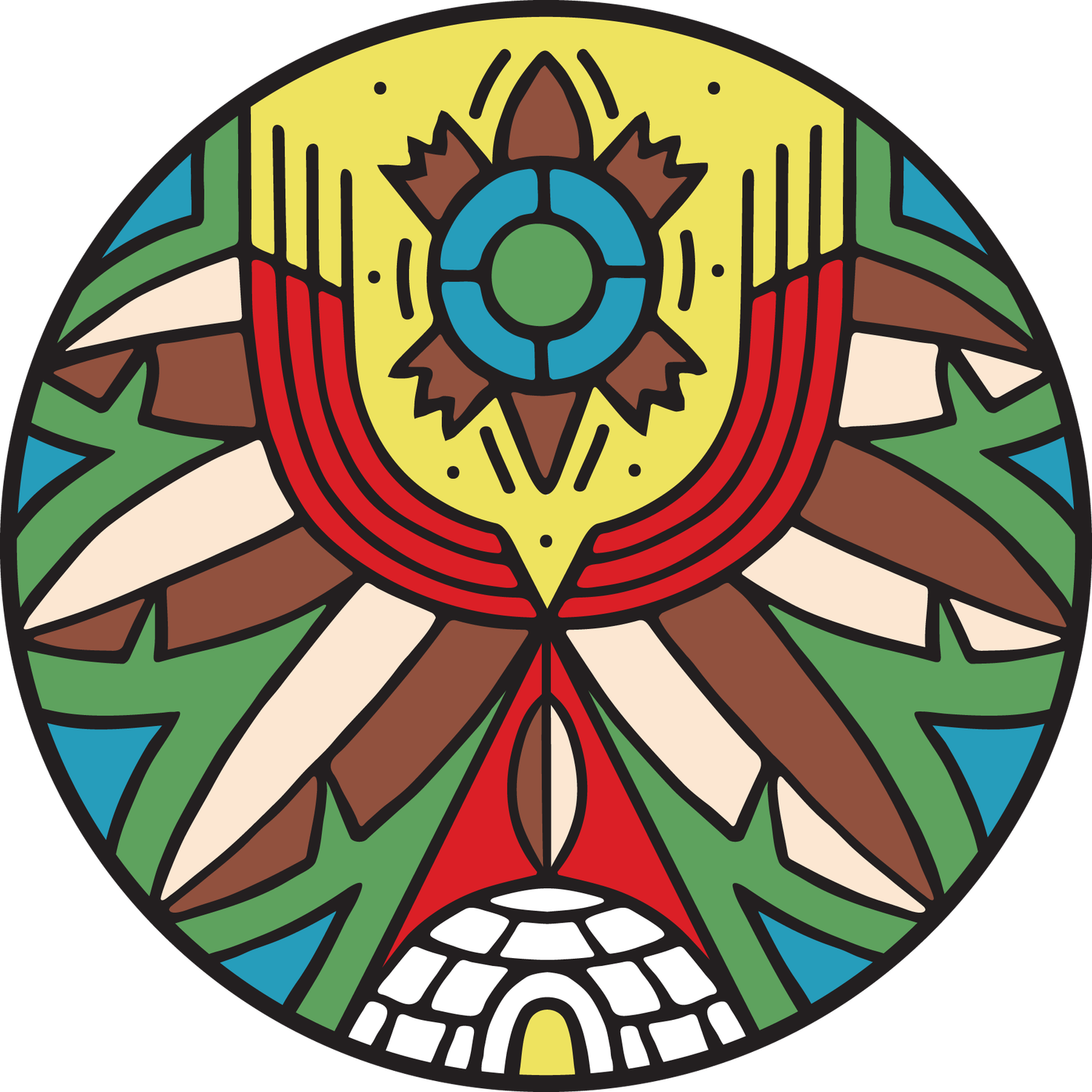Solidarity with Algonquin Communities Resisting Nuclearization of Unceded Land
After eight long years of Algonquin resistance, the Canadian Nuclear Safety Commission (CNSC) has given the green light to Canadian Nuclear Laboratories (CNL) to construct a Near-Surface Disposal Facility (NSDF) at its Chalk River Laboratories site on unceded Algonquin territory. Canadian Nuclear Laboratories is owned primarily by AtkinsRéalis, formerly known as SNC-Lavalin. Located just 1.1 kilometres from the Kichi Sìbì, or Ottawa River, this now-approved project is an engineered containment mound for up to a million tonnes of radioactive and hazardous waste.
The Kichi Sìbì has been stewarded by Algonquin communities since time immemorial and is still home to many sacred sites, such as Oiseau Rock and Baptism Point. The Kichi Sìbì also provides drinking water to over a million residents of Ontario downstream from this imminent facility.
Consultation is Not Consent
“We have inherent rights to our unceded Algonquin territory and that means we need to protect everything that encompasses that territory, from the environment, the trees, the land, the air, the water, and all the living species that make up our Algonquin territory,” said Kebaowek First Nation Councillor Justin Roy.
“This just goes to show that the Government of Canada will just shove these projects down our throats and force and force it upon us... This is not reconciliation. This is a dictatorship”
At the heart of Kebaowek’s concerns is the lack of Free, Prior, and Informed Consent (FPIC). Ten out of eleven Algonquin communities directly opposed this Near-Surface Disposal Facility. Despite this, the Commission continues to maintain they have indeed ‘adequately consulted with First Nations in the area.’ Recognized under international law—but rarely respected by settler states such as so-called Canada—FPIC is a specific right granted to Indigenous Peoples, recognized in the United Nations Declaration on the Rights of Indigenous Peoples (UNDRIP), which aligns with the universal right to self-determination. FPIC upholds the right of Indigenous Peoples to provide, withhold, or withdraw consent, at any point, regarding projects impacting their territories. It also allows Indigenous Peoples to engage in negotiations to shape the design, implementation, monitoring, and evaluation of projects.
Predatory Consultation
Deep River Mayor Suzanne D’Eon said, “If somebody wasn’t given a direct invitation eight years ago, they have been in the last few years, so they’ve had the opportunity. There’s also an obligation on people to involve themselves and I guess that’s part of this, too.”
Governments reinforce their illusory powers by checking off ‘consultation’ requirements by choosing to engage exclusively with band nations and other colonially elected Indigenous officials. These predatory consultation models often boast of higher employment rates or greater incentivization while minimizing awareness of adverse effects and downplaying the catastrophic consequences of the mismanagement and treatment of nuclear waste.
Pikwakanagan First Nation, the community closest to CNL’s Chalk River Laboratories site, signed into a long-term agreement with two nuclear organizations (CNL and Atomic Energy of Canada Limited) with the intention of creating a guardian program to monitor these nuclear facilities. Chief Greg Sarazin points to the environmental risks of the now aging technology that currently stores decades’ worth of ‘low-level waste’. He says ‘It makes sense to consolidate the waste into a single storage facility with modern engineering designed to outlive its radioactive properties.’
In their 169-page report, the Commission ruled they were ‘confident that the NSDF was not likely to cause significant adverse effects with respect to Aboriginal peoples,’ as this facility predominantly will deal with what the Commission deems ‘low-level waste.’.
James Walker, a nuclear waste expert and former Director of Safety Engineering and Licensing at Atomic Energy of Canada Limited, submitted a report to the Canadian Nuclear Safety Commission before the green light was given to CNL saying that ‘the material did not qualify as low-level waste but was more accurately intermediate level radioactive waste.’
Kichi Sìbì Cannot Be a Sacrifice Zone
Kebaowek First Nation Councillor Justin Roy questions CNL’s confidence in the NSDF’s ability to outlast its 550-year design life. “So how can we say (CNL) has everything accounted for at the end of the day?” said Roy, noting that the containment mound is adjacent to the Perch Creek which flows into the Perch Lake, which then feeds into the Ottawa River. “You cannot sit there and tell me that over the next 550 years, nothing is going to leach out of this mound and get in and make its way into the surrounding environment and waterways.”
With the blatant disregard for adequate consultation of Algonquin communities and subsequent misclassification of hazardous severity, we stand in solidarity with the Algonquin communities that are sitting in opposition to the continued nuclearization of unceded Indigenous lands. The Kichi Sìbì is not the sacrifice zone for Canadian nuclear waste, nor does it deserve to be the trial site for transporting and treating hazardous materials. We have yet to fully grasp how they will impact the people, land, and waters in our communities and beyond.
Beyond legal action from any Algonquin community, such as a judicial review or injunction, this Near-Surface Disposal Facility is waiting on one permit from Environment and Climate Change Canada (EEEC). While that application process is underway, Kebaowek First Nation is focused on raising public awareness and lobbying government officials in Ottawa and Quebec who have supported Algonquin communities in the past few months of the Commission’s review process. Algonquin communities recognize the need to address this waste, however they are certain the NSDF is not the appropriate route to do so.
A link to the Indigenous-led environmental assessment for the NSDF can be found here, as well as a supplementary submission presented to the Court in an Application to amend its Chalk River Laboratories site license.
Help Protect the Kichi Sìbì
Donate to Legal Action Fund
Sign the petition to Canadian Parliament
Visit stopnuclearwaste.com to learn more about this project



